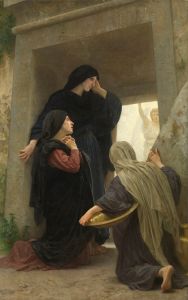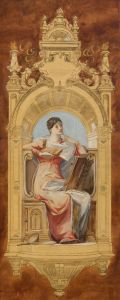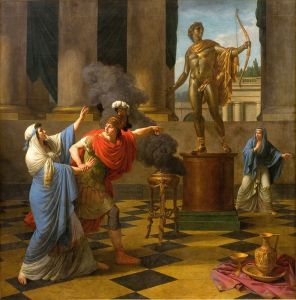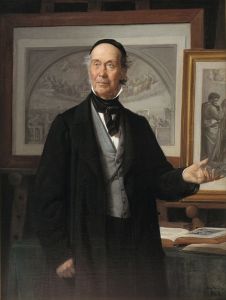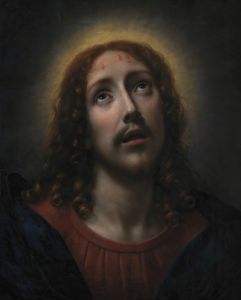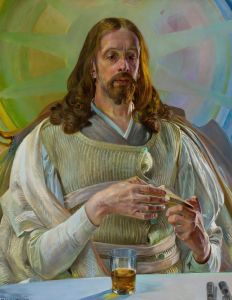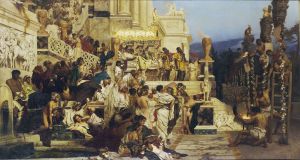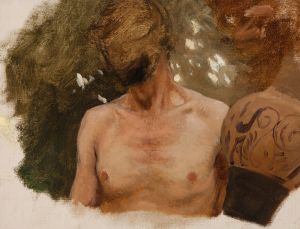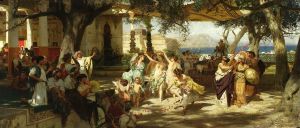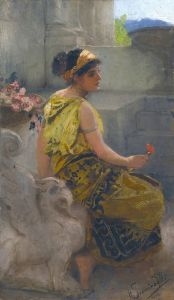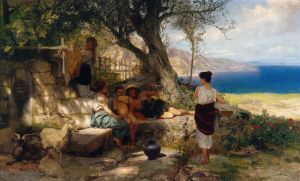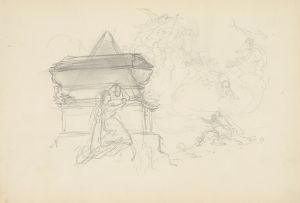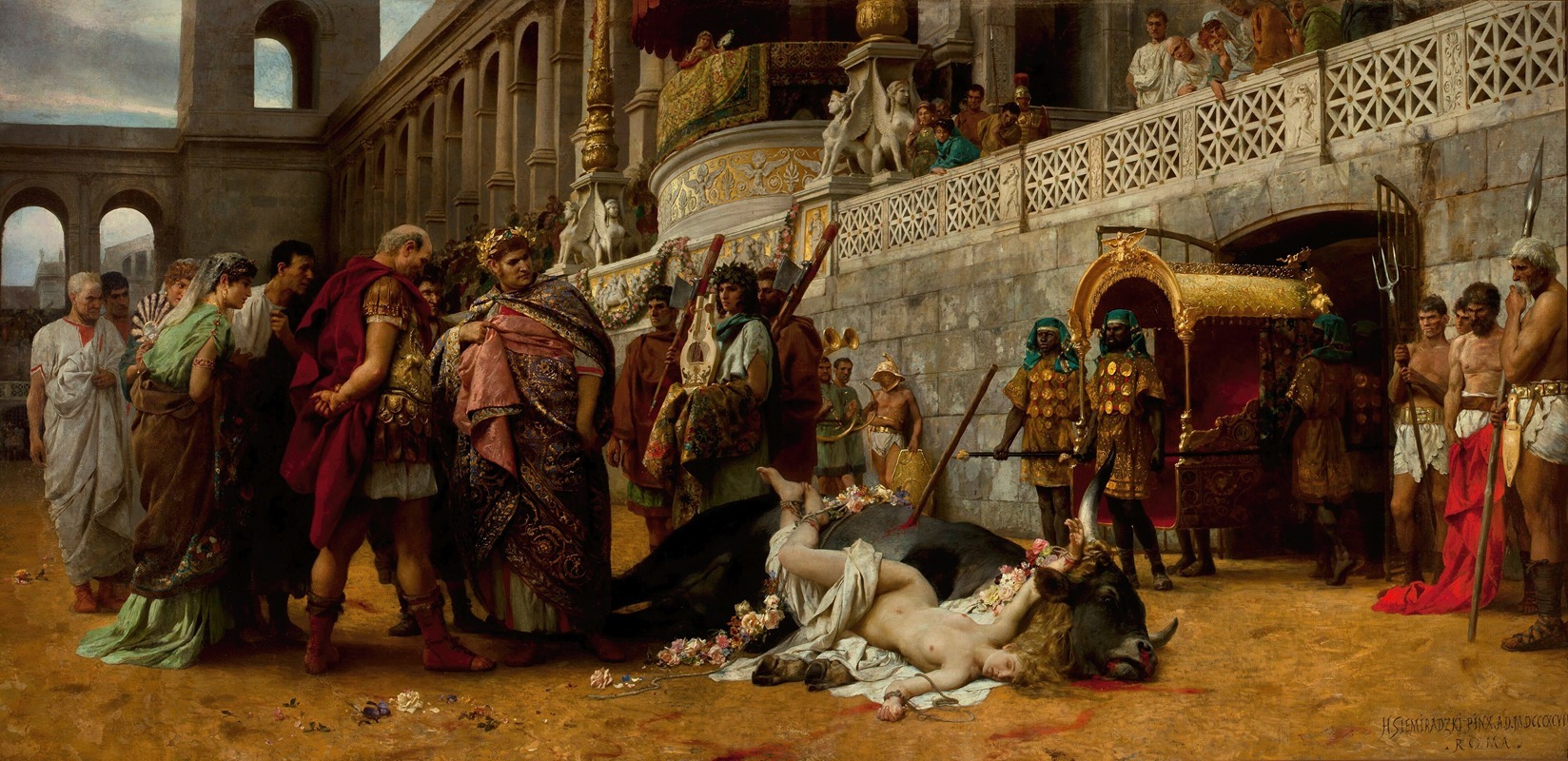
Christian Dirce
A hand-painted replica of Henryk Siemiradzki’s masterpiece Christian Dirce, meticulously crafted by professional artists to capture the true essence of the original. Each piece is created with museum-quality canvas and rare mineral pigments, carefully painted by experienced artists with delicate brushstrokes and rich, layered colors to perfectly recreate the texture of the original artwork. Unlike machine-printed reproductions, this hand-painted version brings the painting to life, infused with the artist’s emotions and skill in every stroke. Whether for personal collection or home decoration, it instantly elevates the artistic atmosphere of any space.
"Christian Dirce" is a painting by the Polish artist Henryk Siemiradzki, completed in 1897. Siemiradzki was known for his large-scale historical and biblical scenes, often characterized by their dramatic compositions and meticulous attention to detail. "Christian Dirce" is one of his notable works that exemplifies his interest in ancient Roman themes and the early history of Christianity.
The painting depicts a scene inspired by the brutal persecution of Christians in ancient Rome. The title "Christian Dirce" refers to a specific form of execution that was reportedly used during the reign of Emperor Nero. In this method, a Christian martyr was tied to the horns of a bull, which was then set loose in an arena, a cruel spectacle intended to entertain the Roman populace. The name "Dirce" itself is derived from Greek mythology, where Dirce was a queen who suffered a similar fate, tied to a bull by the sons of Antiope.
Siemiradzki's work captures the dramatic and tragic nature of this event. The composition is carefully arranged to emphasize the chaos and brutality of the scene, with the central figure of the martyr tied to the bull, surrounded by a crowd of onlookers. The artist's use of light and shadow adds to the emotional intensity, highlighting the martyr's serene expression in contrast to the violent action around her. This juxtaposition serves to underscore the theme of faith and sacrifice in the face of persecution.
The painting reflects Siemiradzki's academic training and his mastery of classical techniques. He studied at the Imperial Academy of Arts in Saint Petersburg and later in Munich, where he was influenced by the works of the Old Masters. His style is characterized by its realism and attention to historical accuracy, as well as his ability to convey complex narratives through visual art.
"Christian Dirce" is also notable for its size and scale, typical of Siemiradzki's major works. The large canvas allows for a detailed depiction of the figures and setting, drawing the viewer into the historical moment. Siemiradzki's ability to create such immersive scenes made him a prominent figure in the art world of his time, and his works were highly sought after by collectors and institutions.
The painting is part of the collection of the National Museum in Warsaw, Poland, where it continues to be an important piece for both its artistic merit and its historical subject matter. Siemiradzki's "Christian Dirce" remains a powerful reminder of the early struggles of Christianity and the enduring human themes of faith, sacrifice, and resilience in the face of oppression.





